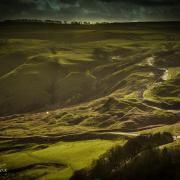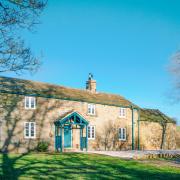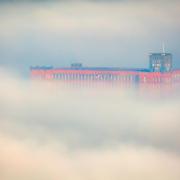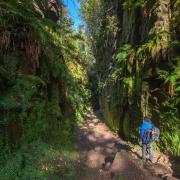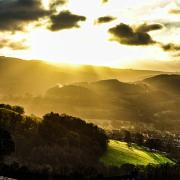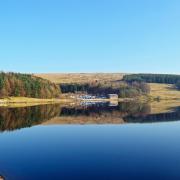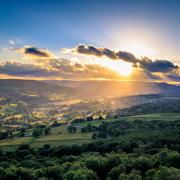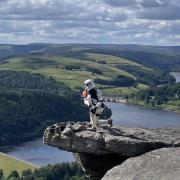If you want to go stargazing in the Peak District, there is an abundance of locations that you can visit throughout the year.
The Peak District may not have International Dark Sky Reserve status like Exmoor, Brecon Beacons, South Downs, Snowdonia, North York Moors and Yorkshire Dales, but like the other National Parks, it does contain some of the darkest places in the country and therefore perfect for stargazing.
Our ancestors may have also appreciated the perfect environment to observe the celestial constellations. It is speculated that the stone circle at Arbor Low (close to Parsley Hay) did serve some purpose in helping it's creators study the night sky.
At present, there are three Dark Sky sites in the Peak District: Surprise View above Hathersage; Parsley Hay on the Tissington Trail near Hartington; and Minninglow on the High Peak Trail at Pikehall.
These three sites are protected because of their lack of light pollution, are all easily accessible from the roadside and all of them have astronomy interpretation panels in their car parks, changed seasonally to correspond to the shifting night sky.

At Stoney Wood on the edge of Wirksworth, a granite StarDisc mirrors the northern hemisphere sky above. The disc is etched with the Milky Way and the constellations. Surrounding it are 12 solar-powered benches of granite that represent the months of the year, that all light up at night.
For other options, it’s worth considering the Peak District’s popular sunrise and sunset locations.

Mam Tor is the most popular sunrise spot in the national park and it is pretty straightforward to ascend in the darkness if you park in Mam Nick car park at the base of the hill.
Ladybower and the Upper Derwent is another excellent spot and requires no climbing at all, just a short walk from the many parking spots available on the roads that circumnavigate the reservoirs.
Of course, the nature of the wide open, remote spaces of the Peak District means that there are many locations that have low light pollution, but if you are a novice then playing safe is the safest option.
There are many obvious perils to walking in the dark, you can very easily lose your bearings, injure yourself on the uneven conditions underfoot or even disturb sleeping cattle.
One useful tool that you can use is a light pollution map that will indicate the levels of light pollution of your location, there is an app available on both Google Play and IOS that is free to use with some premium functions that require a fee.
Below are some of our favourite photographs uploaded to our Derbyshire and Peak District walks facebook group.
Join the community for inspiration for your next outing in the Peak District or see if anyone is organising a group walk that is suitable for you.
To see more stunning night photography from our members, go to the group and search for the #nightsky hashtag where you can see these image posts and many more.















